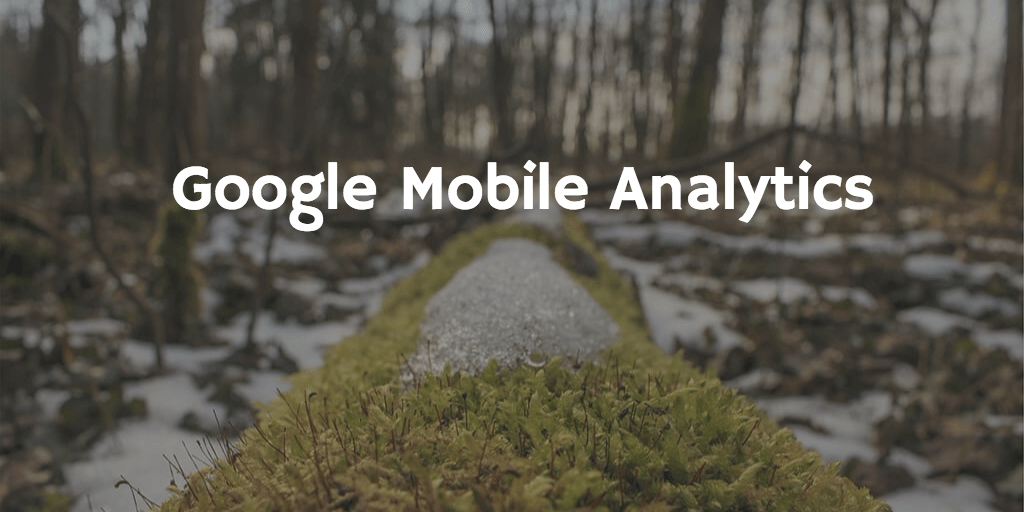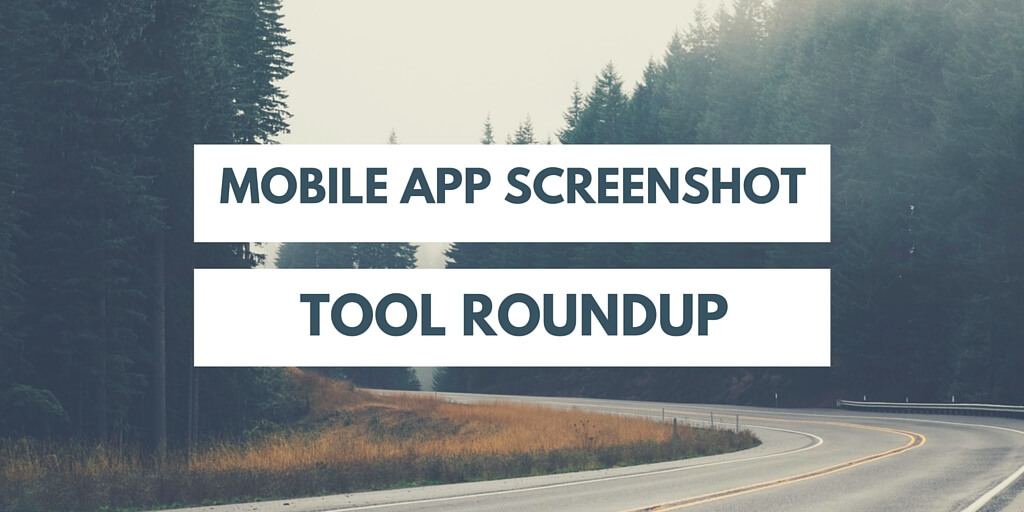
A Comprehensive Overview Of ITunes App Analytics
Posted on March 11th, 2016
While there are plenty of tools for tracking app performance, iTunes App Analytics stands out from the crowd for a number of reasons. The following information can help you see what this program does, how it works and what its strong and weak points are.










